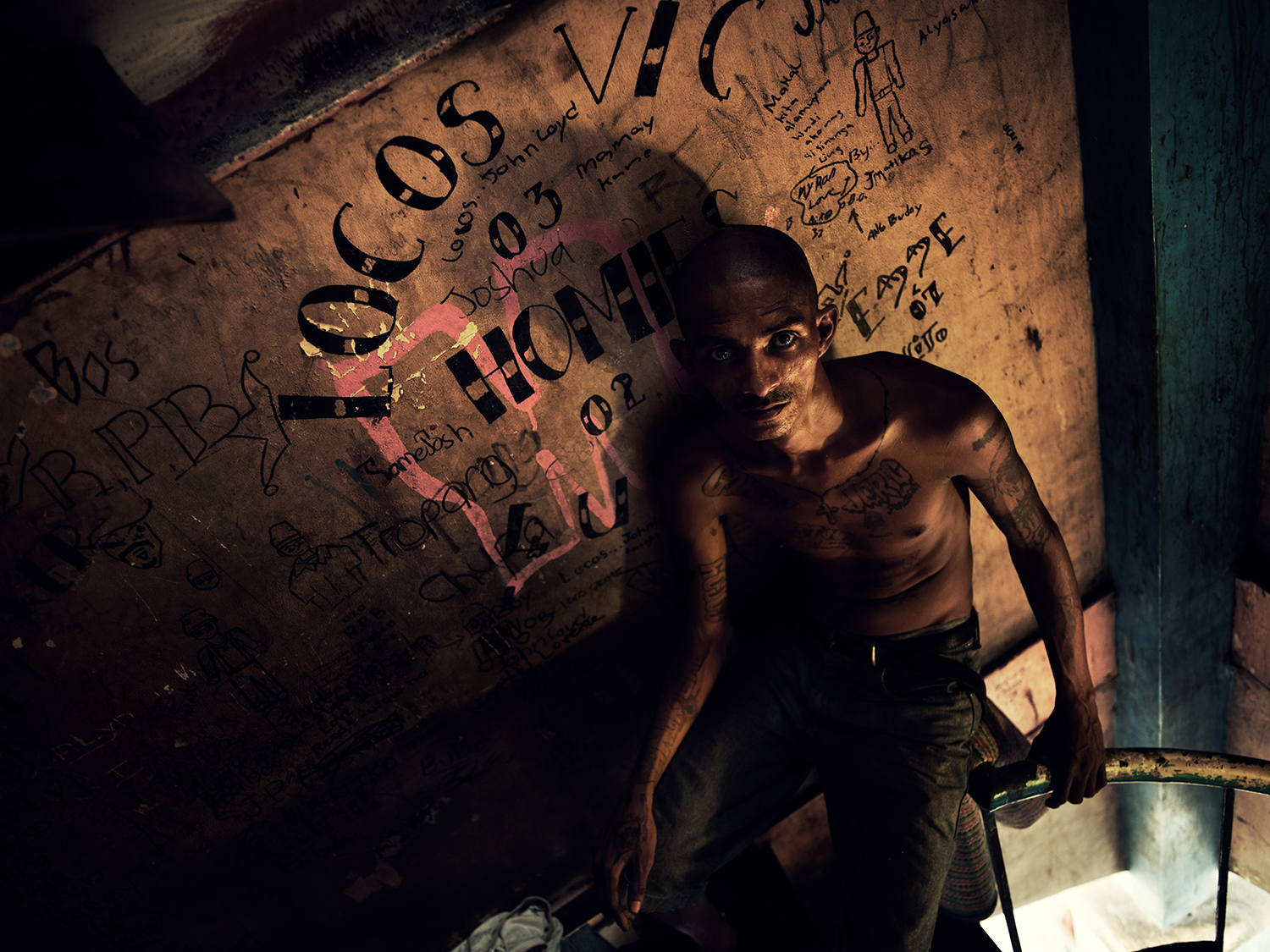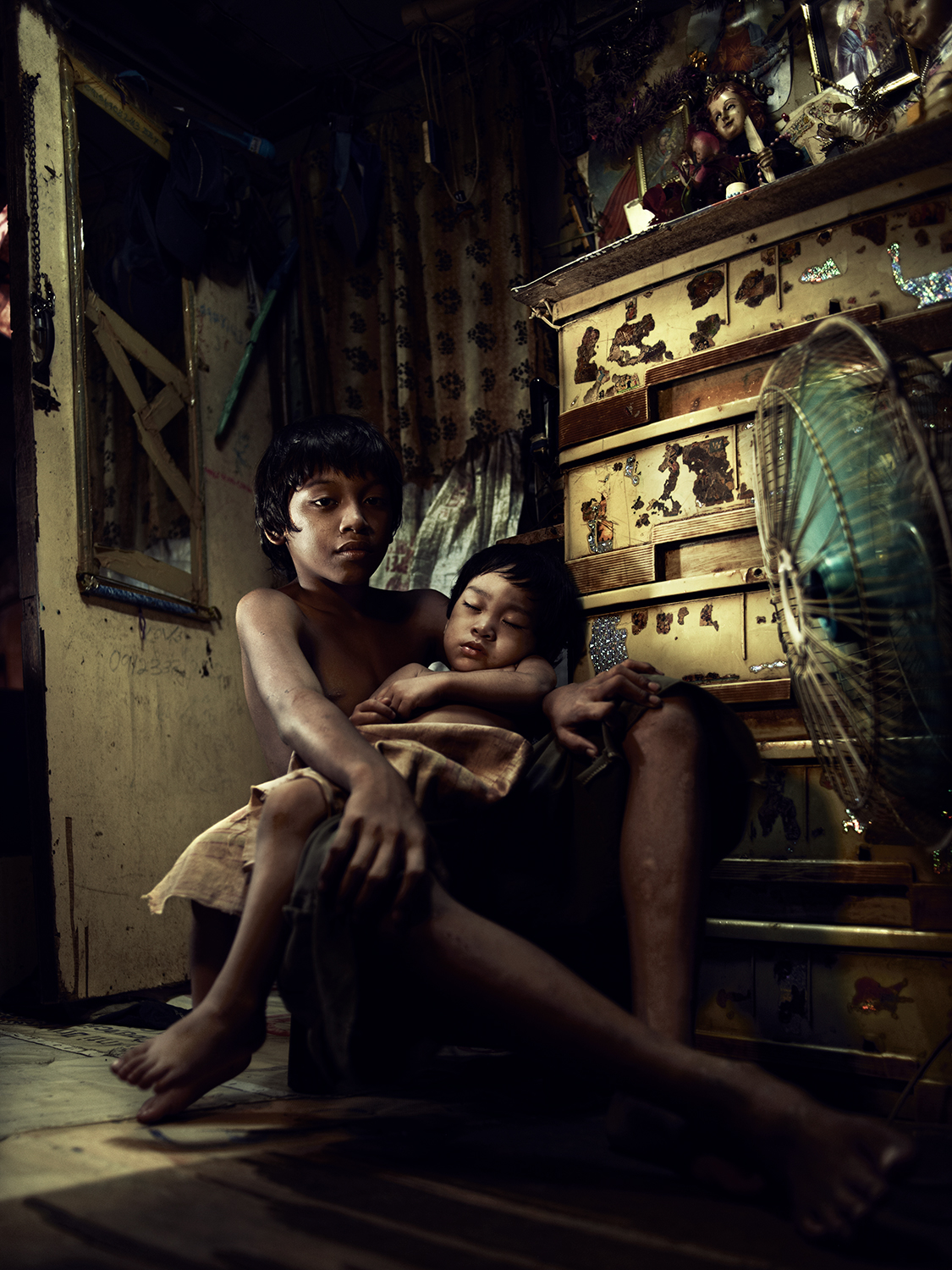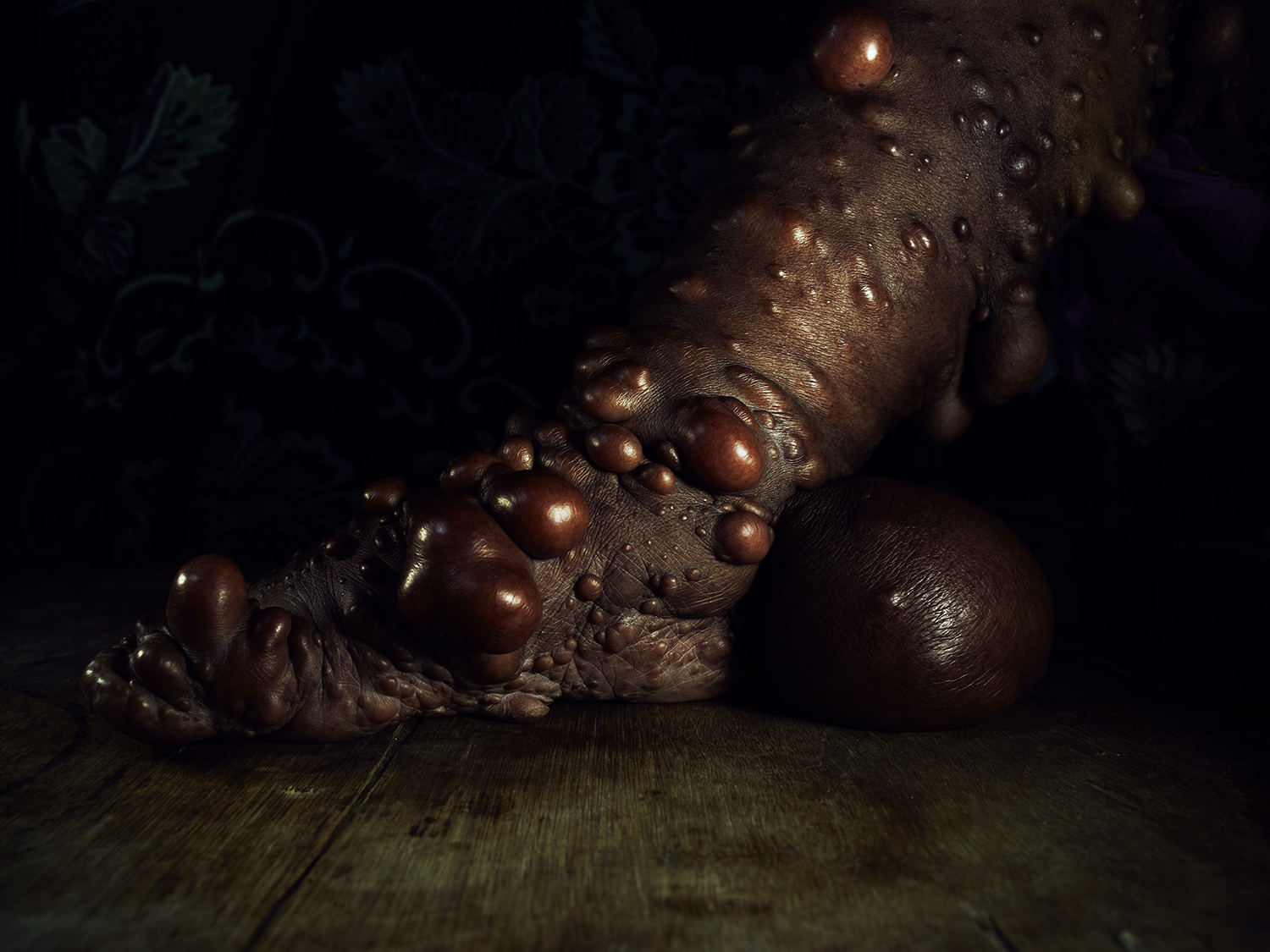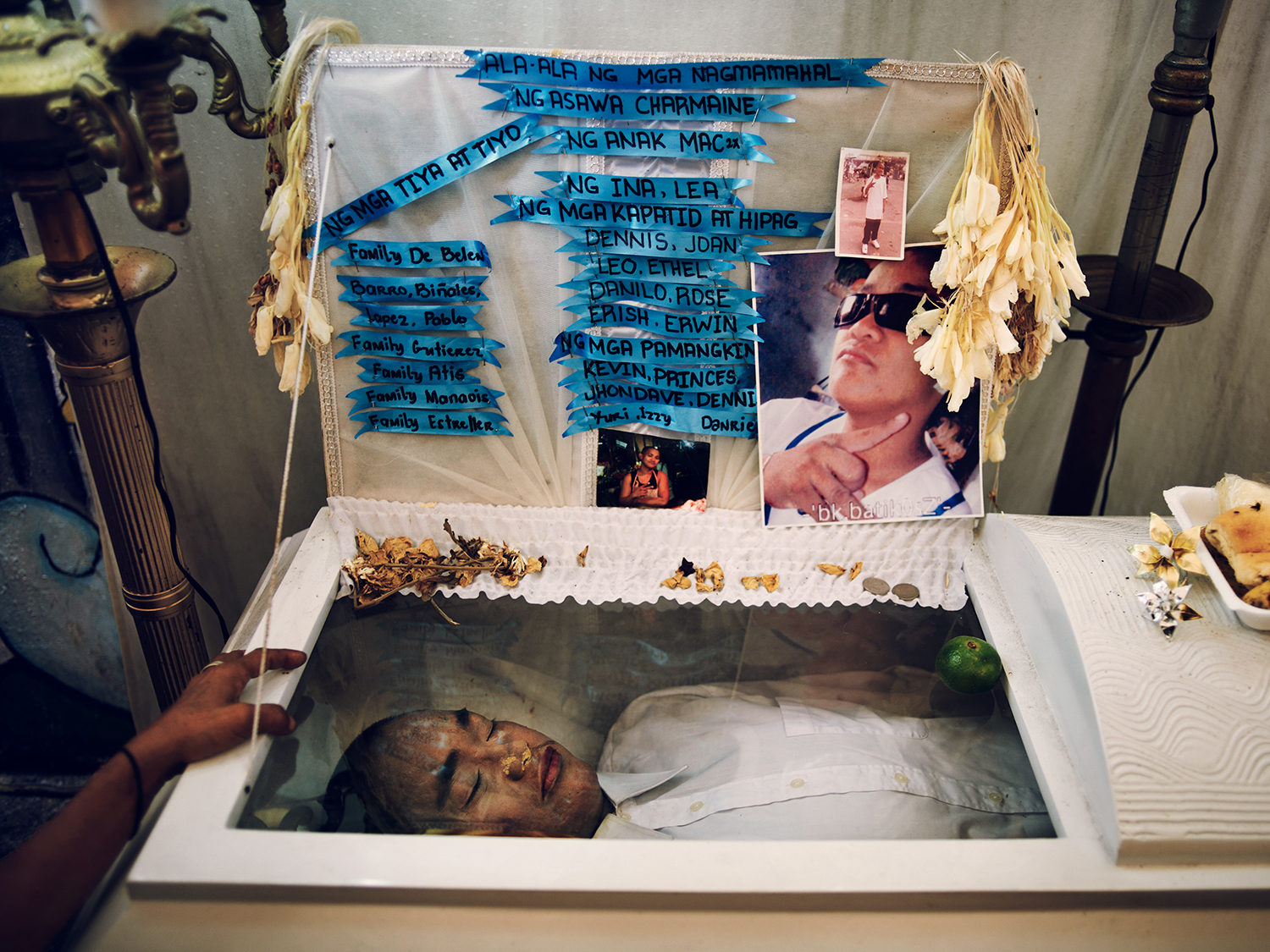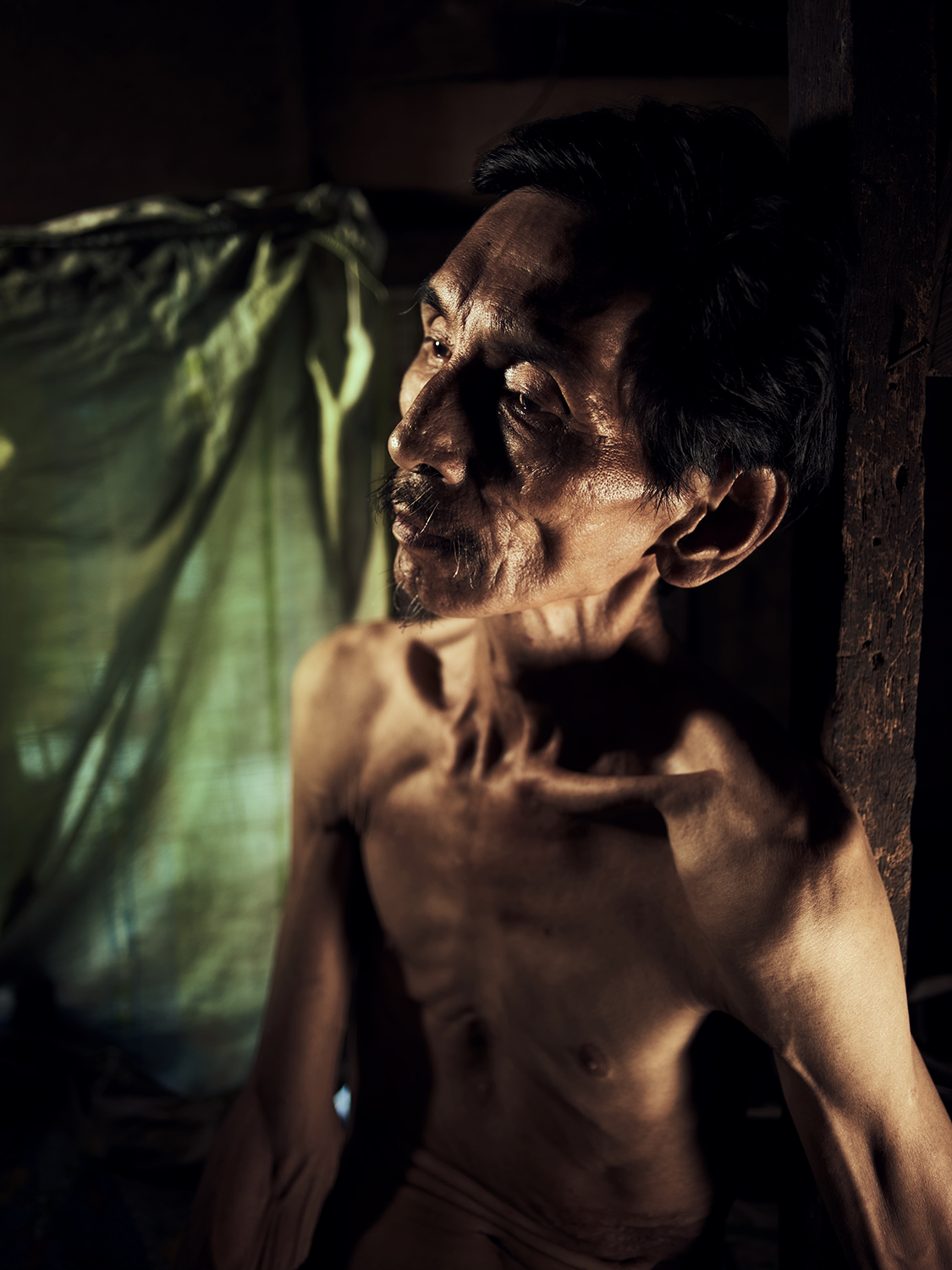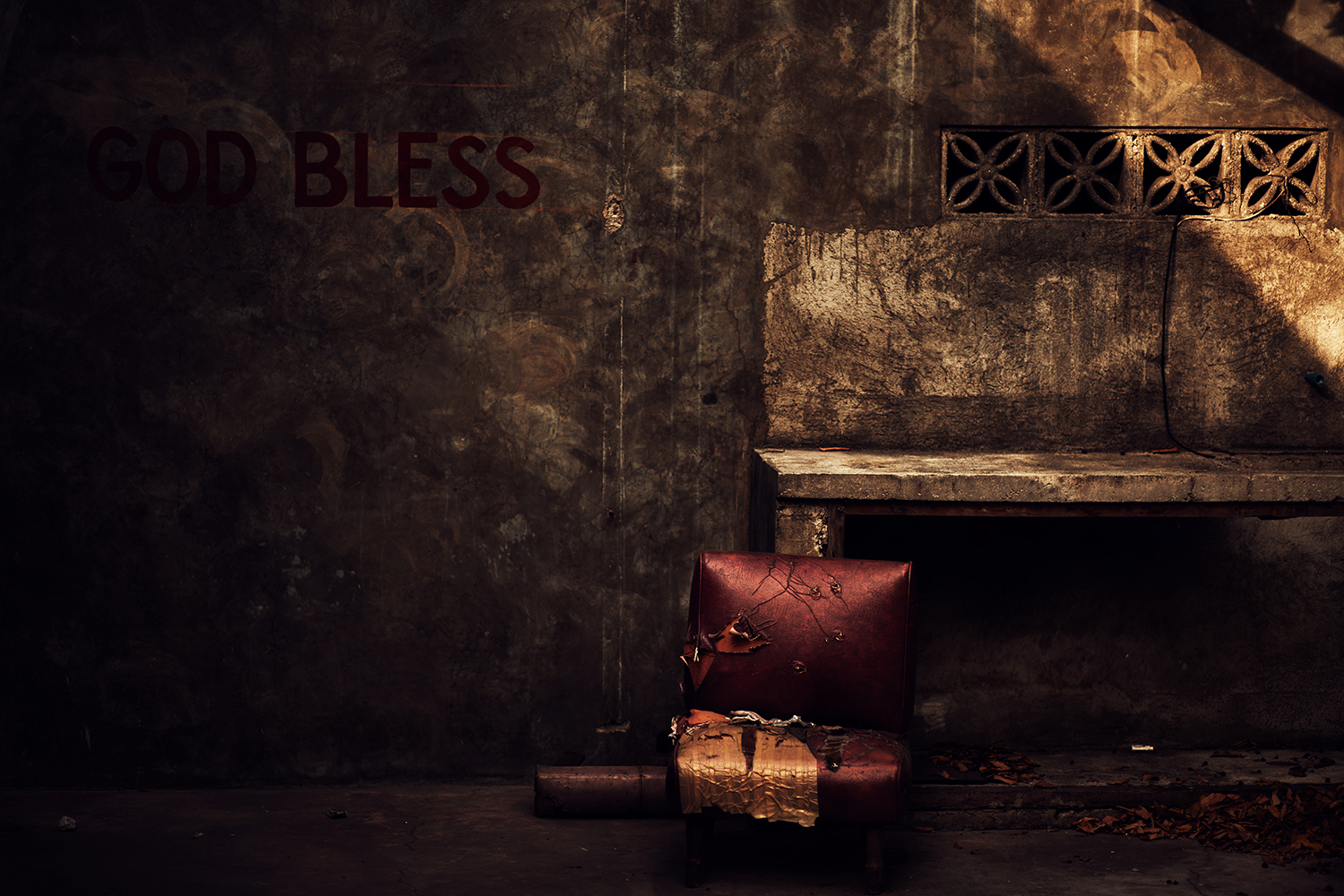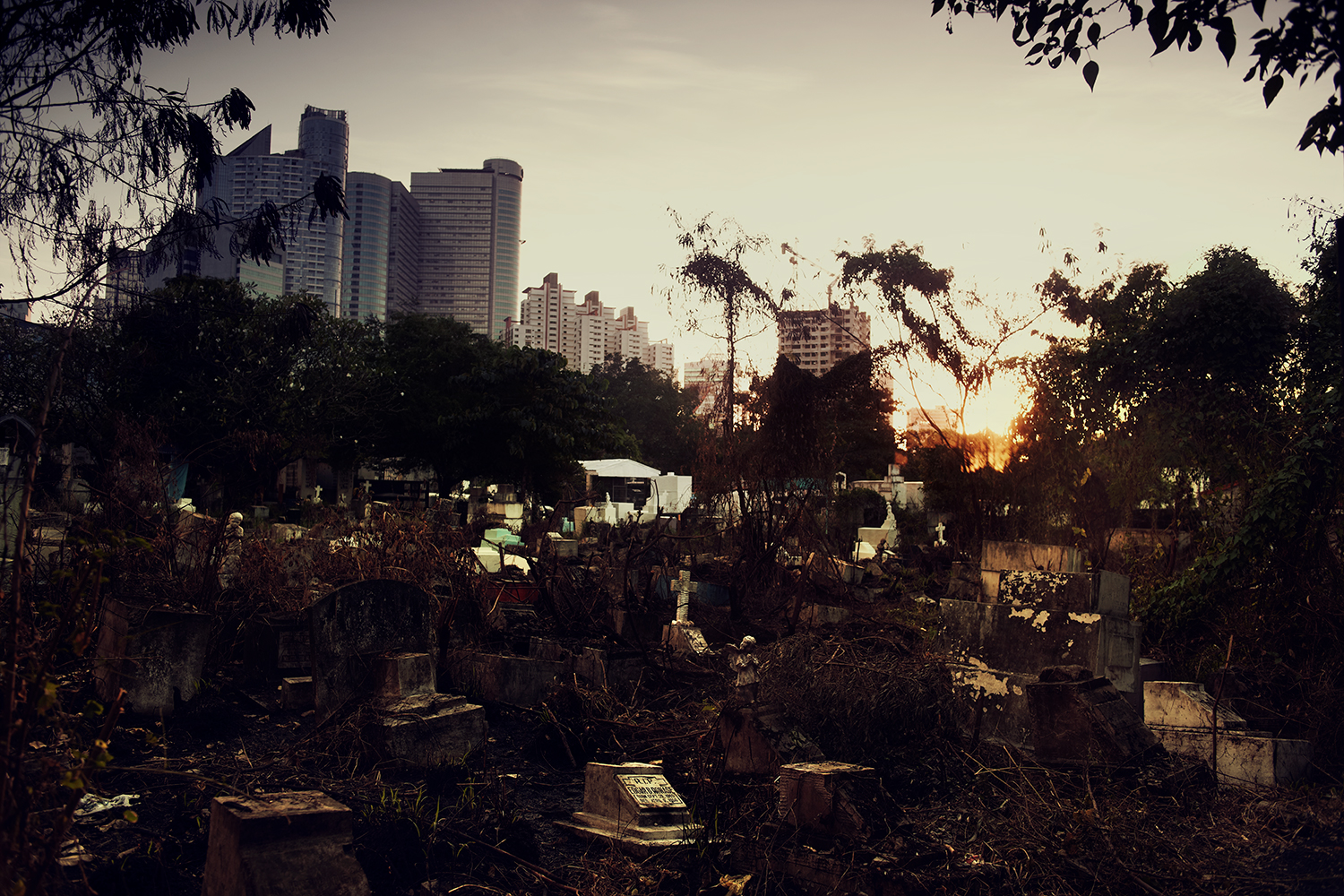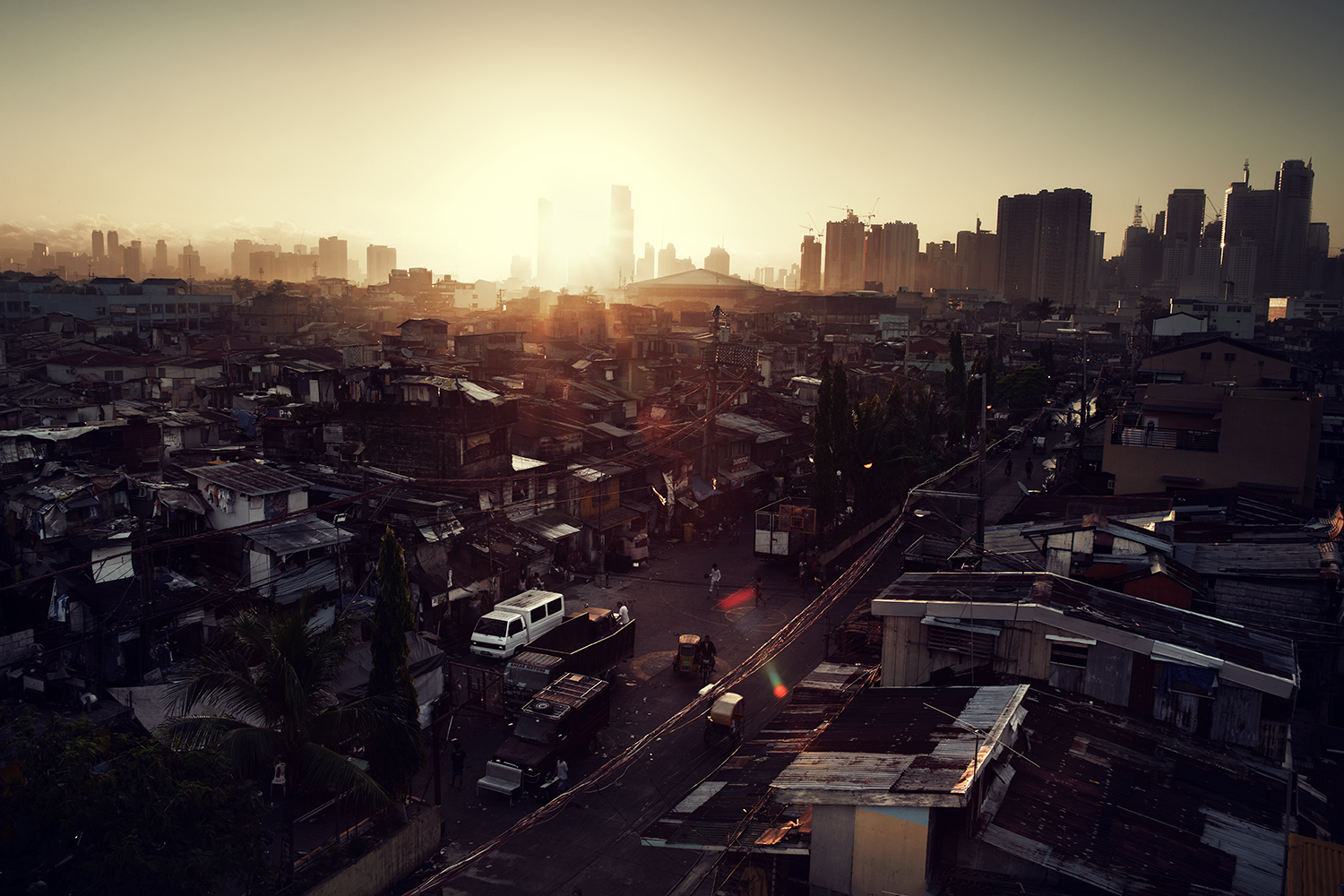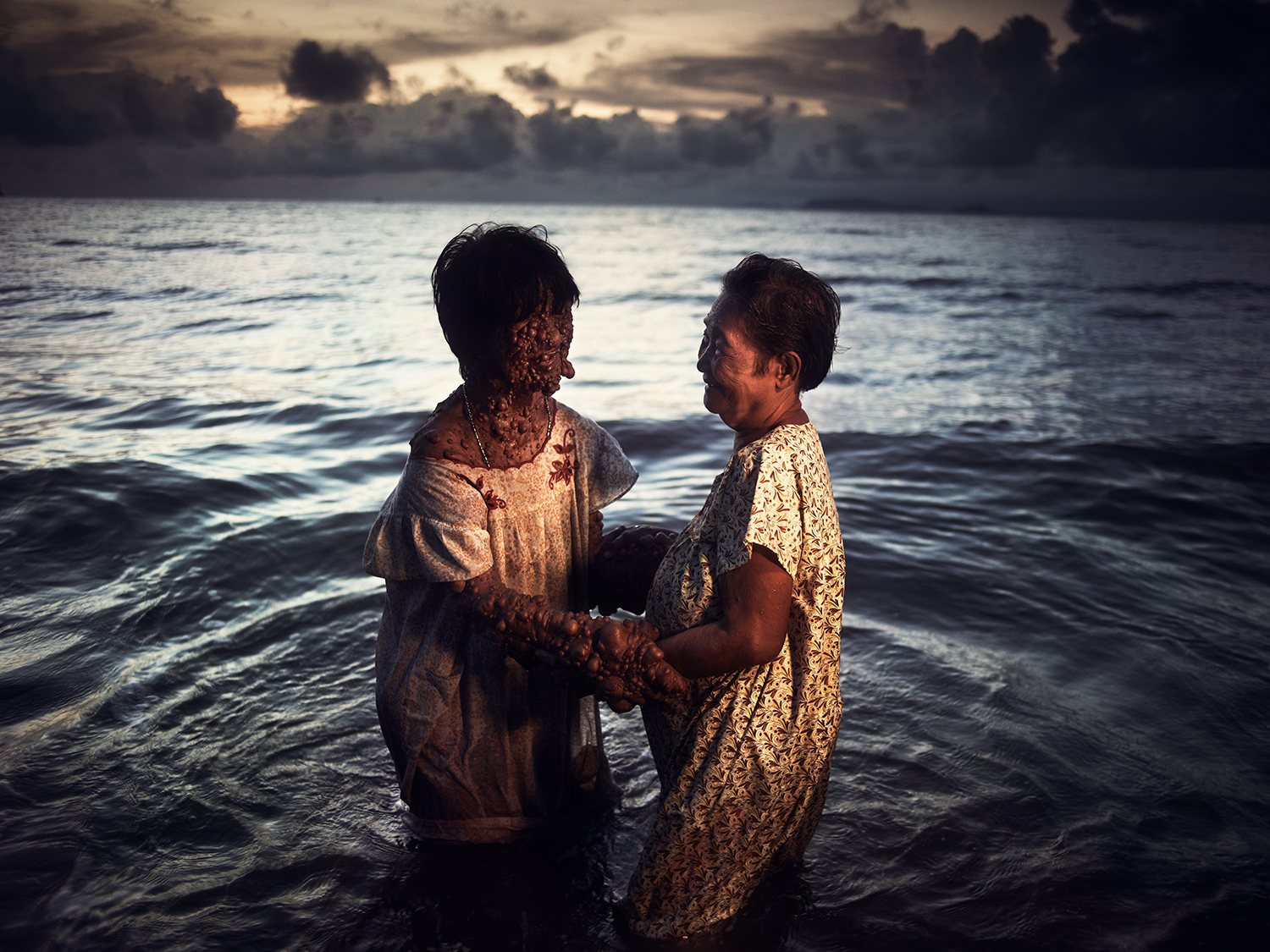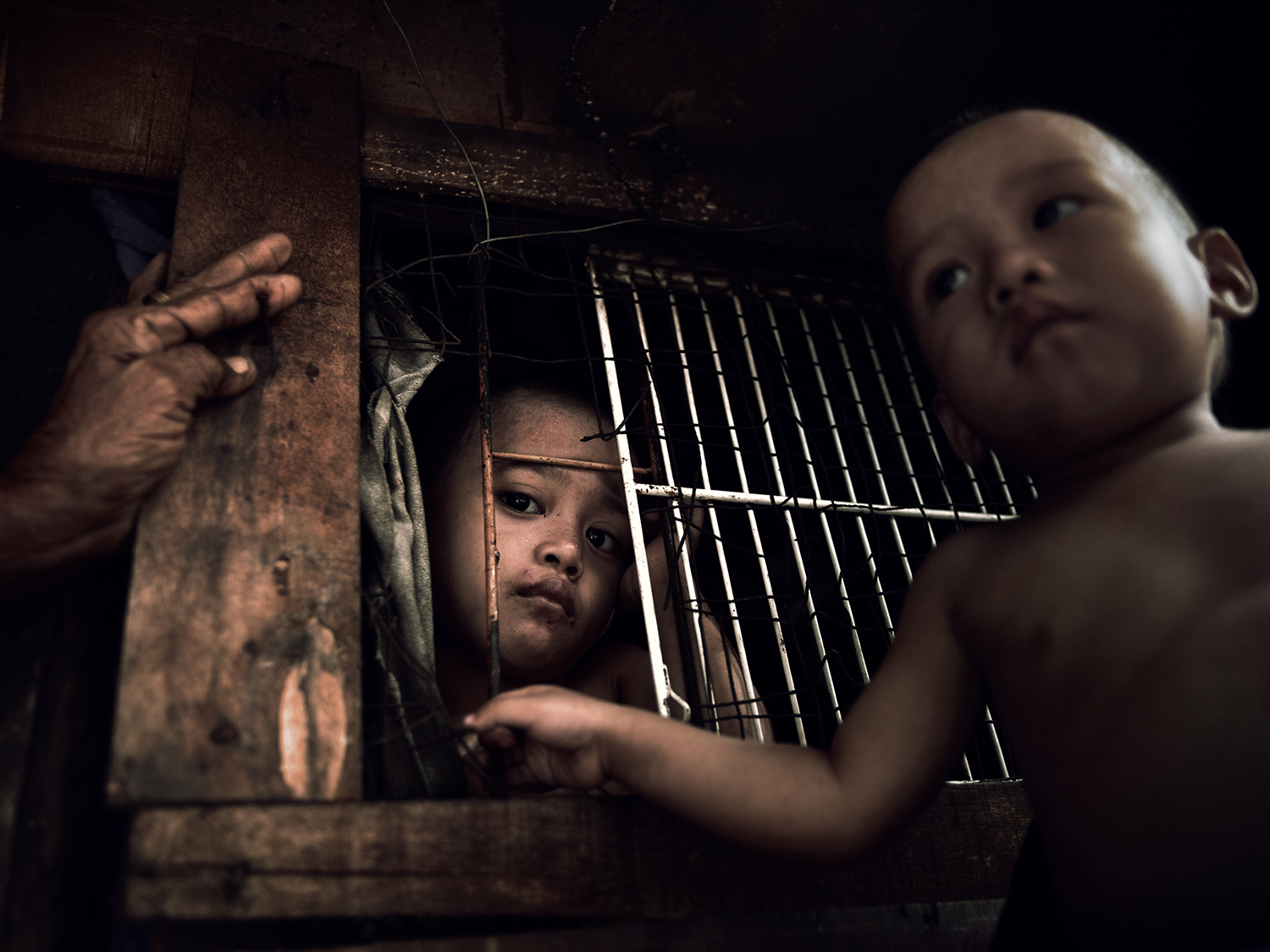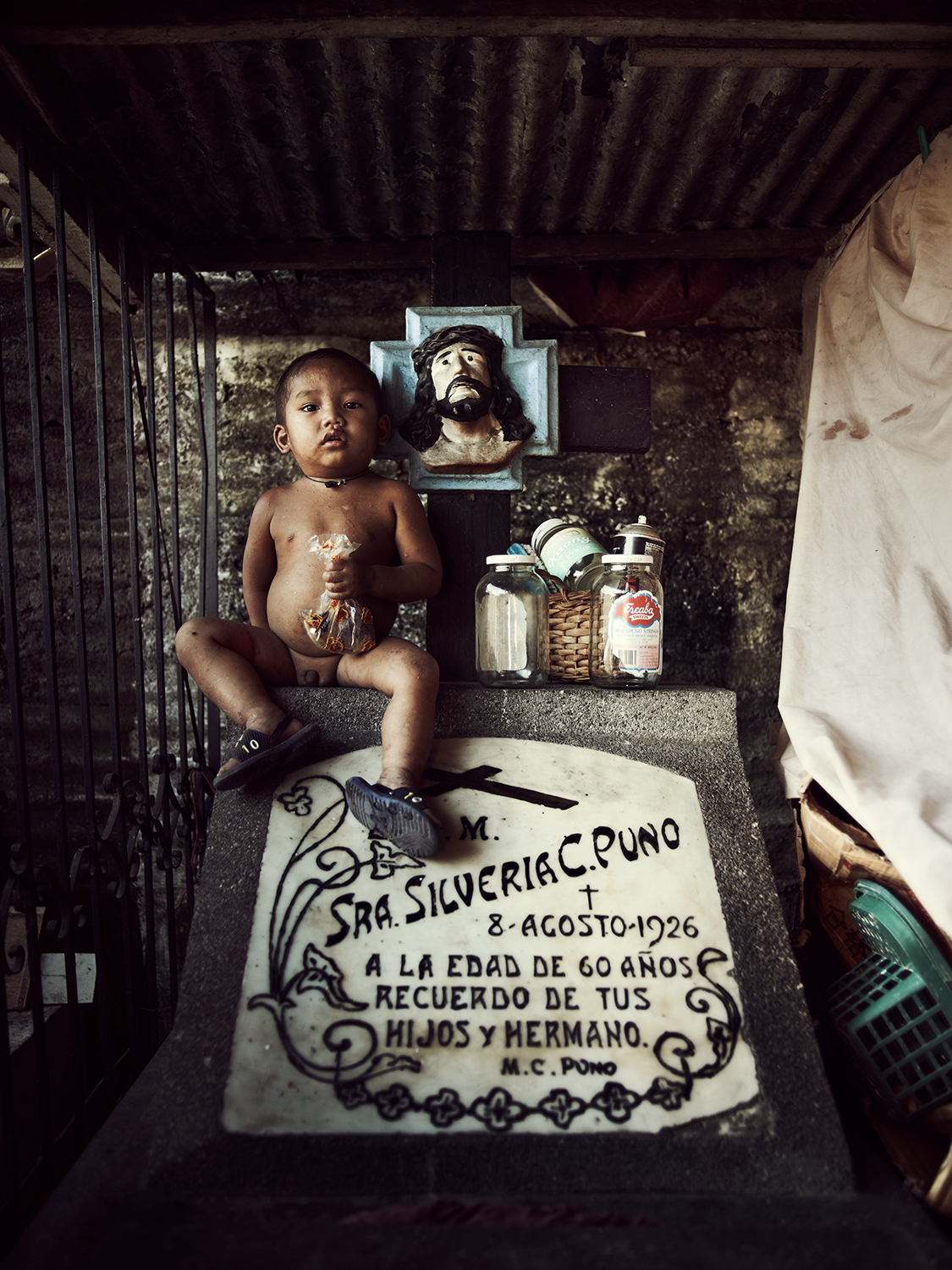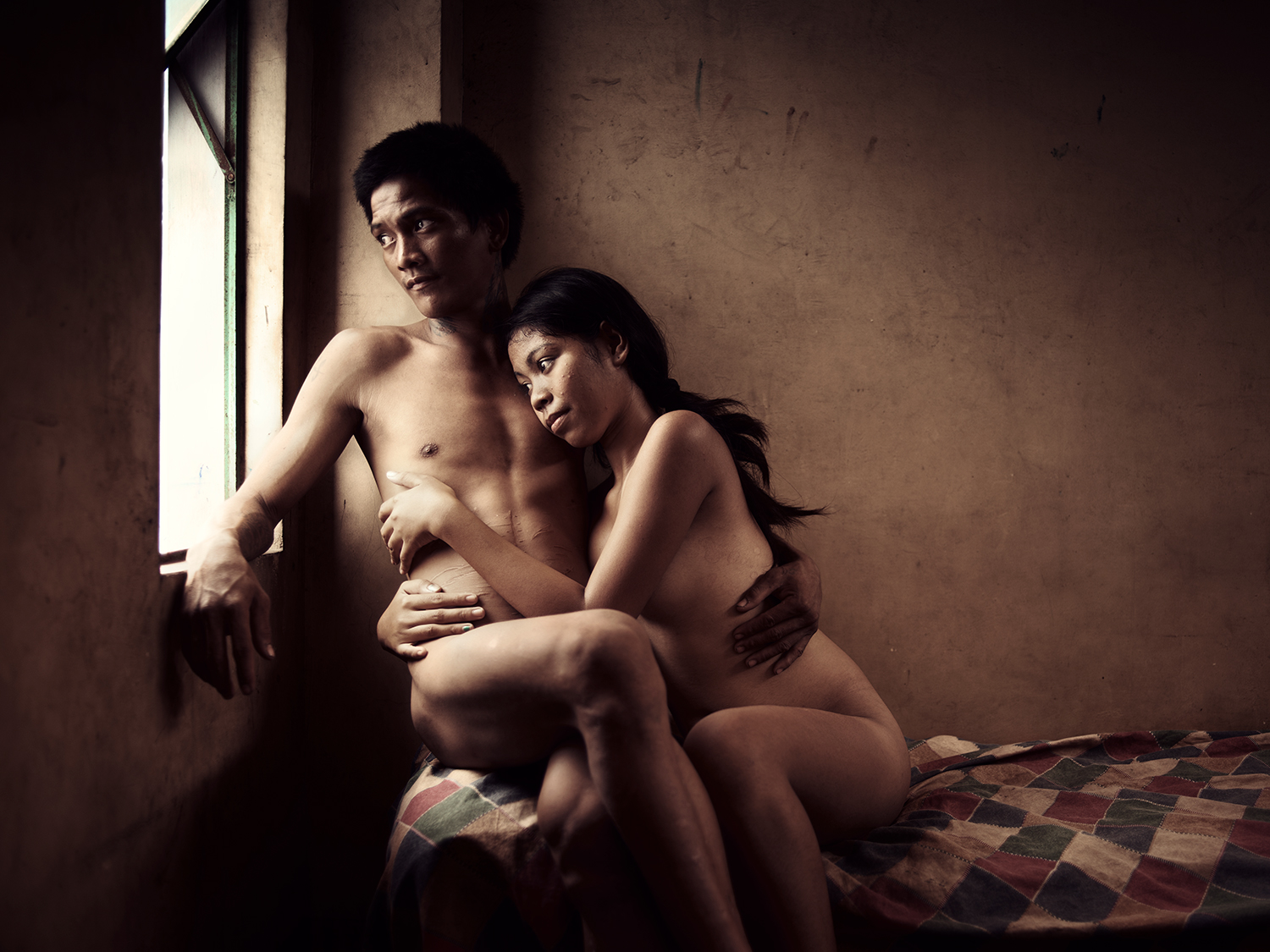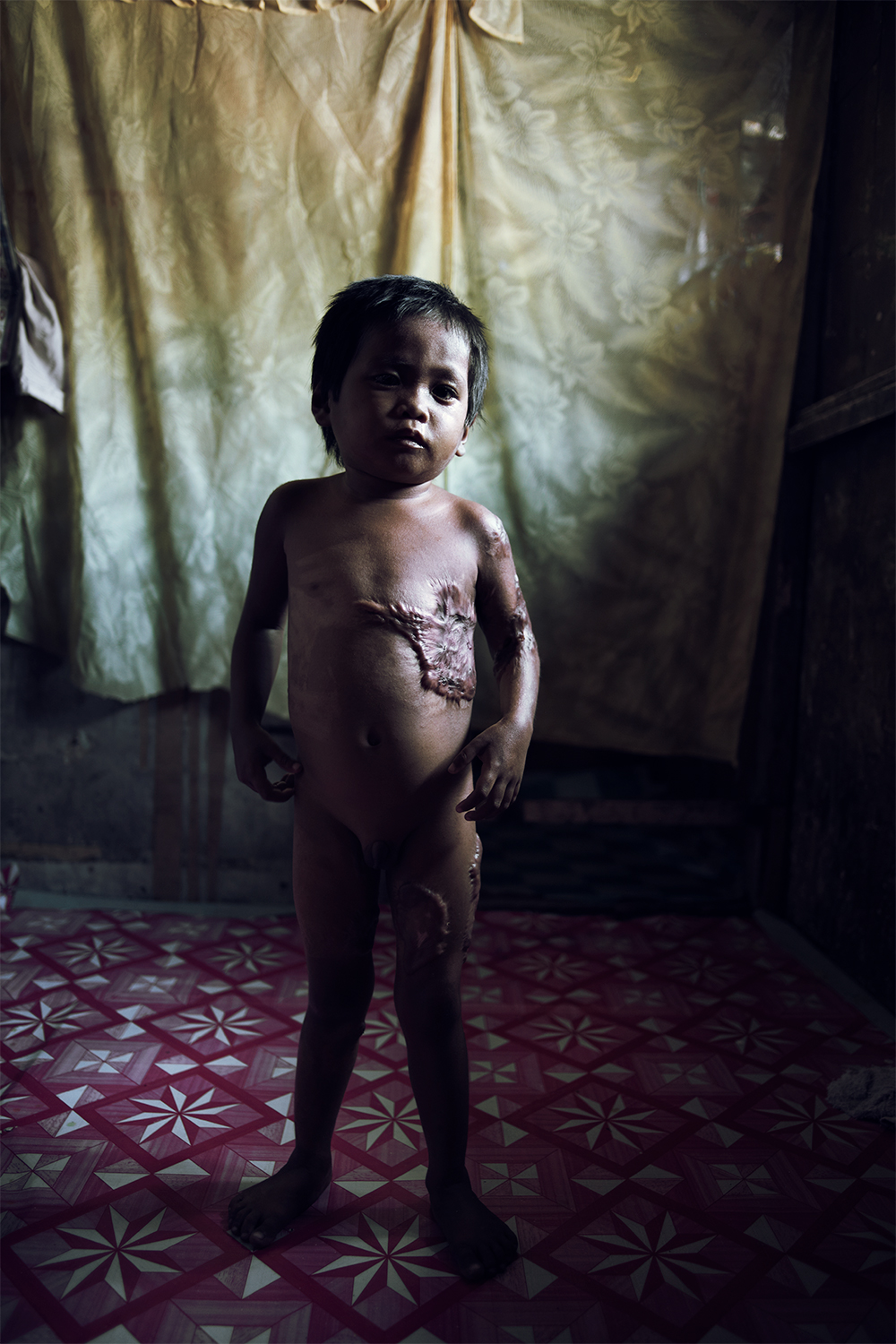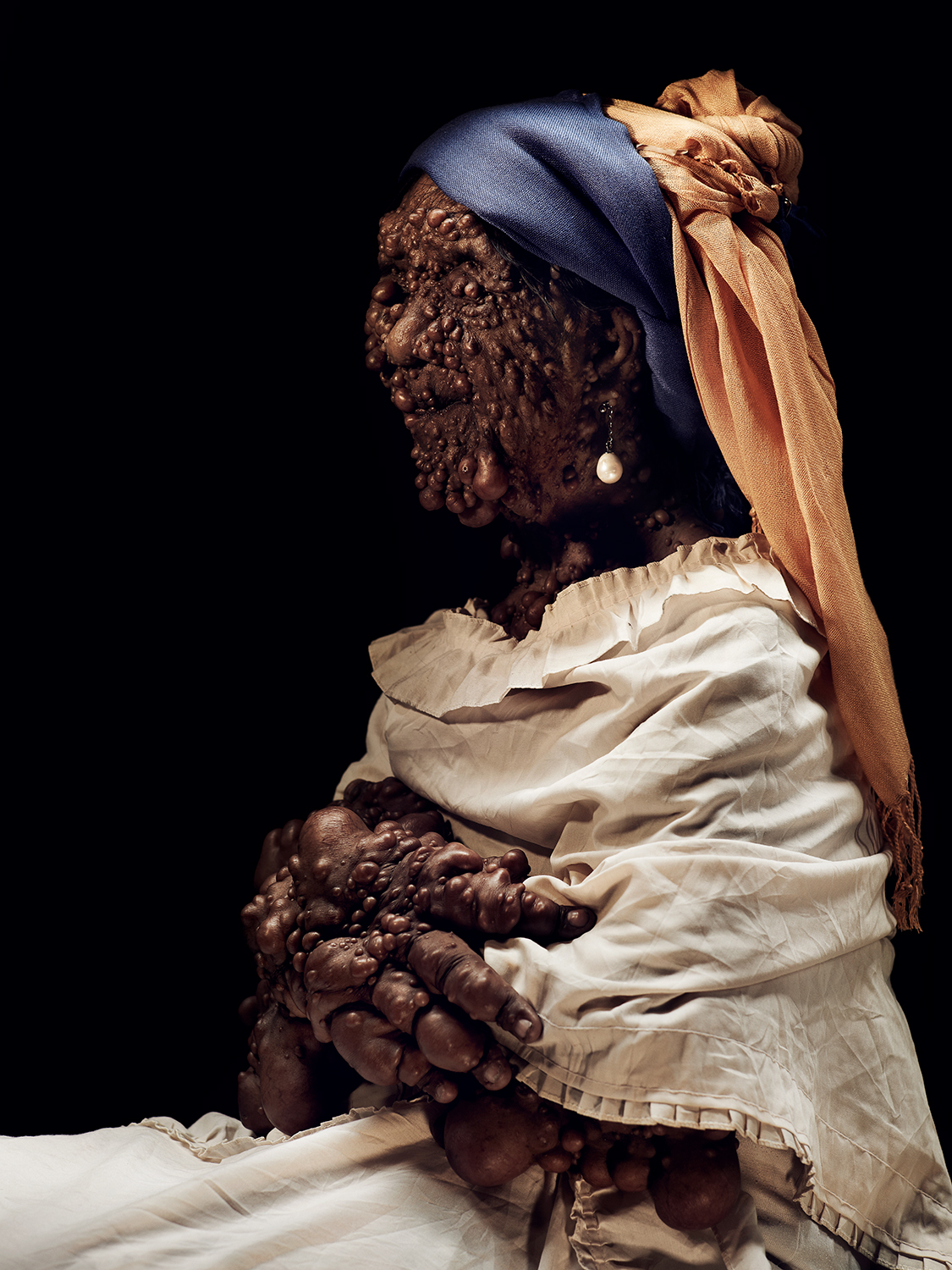"The mind is like a crystal what takes the color of the cloth upon which it is laid."
We travel more and more. We seek pictures that give us a sense of existence and affirmation of our value. Ironically, we are not going anywhere, while following our own thoughts. We bring the wrong kind of time and sensitivity to our areas of fascination.
Let down by our reaction to exoticism, we search for sensation, but find only the things we lack in our own space. We lose the meaning of traveling from the horizon. Curiosity is replaced by a hard to please, demanding attitude. Why travel?
Gregorz Welnicki’s photos are melancholic. It seems as if they were built on color harmony in the chromatic wheel with a colorful echo. Like an old master painter’s recipe: two thirds of the picture is made of halftones and the remaining third is filled with lights and uncontrolled shadows. The halftones make a picture work.
The Philippines became a place where Wełna was able to work through personal subjects by using the power of photography. He found people that felt particularly close to him, he found a key to his own story. Without a colonial approach, he managed to move within the spectrum of his own culture, using known categories to unknown places.
In Josephine, he saw the Vermeer pearl, in another picture he was referring to the film from the biblical blessing, the boy holding a scar became connected to Hamlet and his immortal phrase. The remains of cultural and pop cultural canons penetrate Wełna’s photography. Visually tasteful Philippine postcards are like hollywood movies, spectacular and contemporary. Maybe this is the only way to summon these up to date, topical demons, which gain believability by impersonating a visual trend.
This is a paradox, but this new esthetic reassures the existence of old problems: the meaning of nature, the correlation between what we have, and that which we seek.
Paweł Bownik
